-Eva K Bartlett, January 30, 2021, Moscow
Western mass media and hypocritically-indignant Western representatives are again busily claiming Russian peaceful protesters have been brutalized by police in demonstrations across Russia on January 23.
The sloganeers demand the release of the unpopular petty criminal and Western flunkey, Alexei Navalny, arrested upon returning to Russia for having broken Russian law.
The CBC recently glorified him as, “a 44-year-old lawyer turned anti-corruption crusader,” while the BBC laughably referred to the felon as “President Putin’s most high-profile critic.”
Yet, Navalny at best has an insignificant modicum of popularity among Russian teens perhaps persuaded by Tiktok videos or by Soros and NED recipients’ propaganda, and otherwise from Western regime-change type pundits of the sort who have steadfastly whitewashed al-Qaeda in Syria, promoted the Venezuelan Navalny (Guaido), and generally don’t miss an opportunity to toe Washington’s line.
Mass media and Western talking heads omit Navalny’s criminal record, and his extremist views.
In his January 19, 2021, article, Finian Cunningham wrote:
“Navalny is a convicted felon, found guilty of fraud and embezzlement by a Russian court in 2014. But his jail sentence had been suspended with the condition that he report regularly to Russia’s prison authorities. A normal condition.
For nearly five months, however, he had sojourned out of the country as a de facto guest of German authorities. That’s a brazen breach of his parole conditions. And the Russian prison service was right in issuing him a warning at the end of last month that violation of his suspended jail term risked the sentence being converted into detention behind bars.
It’s a sovereign matter of Russian laws that on returning to Russia at the weekend Navalny was arrested and is now in custody awaiting court proceedings in coming weeks on whether to revoke his suspended sentence.
There are good grounds to believe the Russian blogger-cum-media-activist is funded and directed by Western intelligence services. Everything about his gadfly campaigning smacks of orchestration as an agent provocateur.
The way that Navalny has coordinated closely with Western media and intelligence outfits like Bellingcat to peddle the story that he was allegedly poisoned with Soviet nerve agent Novichok is strong evidence of his provocateur function. And the way that Western media routinely “report” the alleged poisoning as if it is fact is demonstration of how such media are totally dominated by propaganda service to geopolitical agenda.
When Navalny was treated in a Russian hospital after apparently becoming suddenly ill on August 20 onboard a flight to Moscow from Siberia, the doctors found no poisons in his system. The medics said the apparent illness was due to metabolic shock from possible misuse of his own medicines for diabetes, depression and perhaps excess alcohol.
Conspicuously, days later after he was airlifted for further hospital treatment in Berlin, then the German authorities announced they had detected poisoning with nerve agent.
No evidence has ever been presented by the German authorities or other NATO laboratories in such a way that is independently verifiable.
Russia has been denied access to any of their alleged data in order to verify, yet Moscow is condemned for not carrying out a criminal investigation into the alleged poisoning….”
Off Guardian, on January 22, highlighted the timing around Navalny’s return to Russia and the new Biden administration, noting:
“…three days before Biden’s inauguration, Alexei Navalny (having supposedly only just survived the poison the FSB placed “in his underpants”), returned to Russia. Where he was promptly arrested for violating the terms of his bail.
He knew he would be arrested if he returned to Russia, so his doing so was pure theatre. That fact is only underlined by the media’s reaction to his 30 day jail sentence.
Yes, that’s thirty DAYS, not years. He’ll be out before spring. Even if he’s convicted of the numerous charges of embezzlement and fraud, he faces only 3 years in prison.
Nevertheless, already the familiar Russia-baiters in the media are comparing him to Nelson Mandela.
…On the same day as Biden’s inauguration, the European Parliament announced that Russia should be punished for arresting Navalny, by having the Nordstream 2 pipeline project closed down. (Closing this pipeline down would open up the European market to buy US gas, instead of Russia. This is a complete coincidence).
It doesn’t stop there, already Western pundits and Russian “celebrities” are trying to encourage street protests in support of Alexei Navalny…”
It has to be stressed that Navalny does not have any strong support to speak of in Russia, contrary to screaming Western headlines.
A September 2, 2020, Off Guardian article noted:
“Alexei Navalny has never held any elected office, his political party doesn’t have a single MP in the Duma, and he polls at roughly 2% support with the Russian people.”
The article went on to note the utter absurdities of the claims that Russia had poisoned Navalny. It and another Off Guardian article are excellent counters to the evidence-free claims emanating from Western hypocrites.
That the January 23 protests occurred speaks more to Western interference in Russian affairs, with the clear goal of fomenting unrest in Russia, than any massive support for a failed, would-be, opposition figure.
Police Brutality?
On the day of the protests, I went to Pushkinskaya Square, the site of the planned Moscow pro-Navalny protest, arriving two hours before the 2 pm start time, and standing roughly five hours in the cold until after police had slowly cleared most of the square.
Arriving by metro just after 12 noon, I waited for the protest to begin and scrolled Twitter to see what was being said about the matter.
In doing so, I came across a 12:16 pm tweet by BBC correspondent Kriszta Satori claiming that the police had sealed all of the metro exits into Pushkin square nearly two hours prior to the unsanctioned protest (though she even got the protest start time wrong seemingly believing the protest started at 1 pm).

As I had just arrived to the square by metro, I knew the BBC correspondent, a “senior broadcast journalist with over 30 years of experience” (!), was lying, unsurprisingly.
So, I went back down into the metro, filming the doors where people exited the metro proper into the underground passages, and then filming two of the open exits into the square, with more people arriving via those non-closed exits.
Back again in Pushkinskaya Square, waiting in the cold for the protest start, I observed the growing crowd. It pretty well matched how author and political commentator Dmitry Orlov later described the protest composition in St. Petersburg:
“Here in St. P. about 3000 people showed up to demonstrate yesterday. For a city of 5 million that’s around 0.06% of the population.
Of these, at least 1000 were bloggers, journalists and photographers there to cover the event; at least 500 were undercover police dressed as protesters and there to prevent outbreaks of violence; another 300 or so were street fighters paid through USAid, NED, various Soros-funded NGOs and other foreign sources; another 300-400 were underage schoolkids who showed up because they were told there would be a party by TikTok and YouTube videos; some of the rest were the usual disgruntled idiots who always show up for any sort of protest; and the rest were just random gawkers who had nothing to do on a Saturday.
So, is Navalny really an “Oppositionsführer”, as the Germans insist on calling him? Draw your own conclusions.”
Noting his overview was conjecture, not hard data, Orlov added:
“I put the picture together by listening to Russian cops grouse about not getting the weekend off. The only difference between St. P in Moscow is that in Moscow the crowd was 5k instead 3k, adding up to 0.04% of the population rather than 0.06%.”
The crowd I saw in Pushkinskaya Square indeed was a sea of young self-appointed “citizen journalists”/social media activists, in fluorescent vests, presumably to appear as accredited press, and some older protesters. Many of those not filming or taking selfie videos held red placards which had been handed out to participants (I saw one young man doing so).
Not that that is uncommon in protests anywhere: organizers often bring signs and flags for protesters to hold.
But this had the stink of a Soros-type would-be colour revolution.
Forgive my cynicism, when the West has been for ages attempting to foment unrest in Russia, and Soros and the National Endowment for Democracy (NED) pour money into programs about “Supporting Democratic Institutions” “Leadership Training”, “Media for Civil Society”, “Amplifying Independent Media”, “Independent Video Reporting”…and other colour revolution type interference in Russian affairs.
Before the protest officially began, police milled about, people in the square not visibly perturbed by their presence as they stood nonchalantly close by. Many of the citizen journalists/vest wearers angled to get photos of footage of police in the square. This is something I noticed before the start of an August 10, 2019 protest I observed. More on that later.
At 2 pm (on January 23), authorities began broadcasting a recording announcing the protest was illegal and that people should leave. Beyond that, police took no immediate measures to clear the square.
The protest was held without permission, thus illegal under Russian law. This is not particular to Russia, in most Western countries we need permission to hold protests and are not allowed off the protest route, are flanked by heavy police presence.
That’s if we are allowed to protest, which in the good old democratic West has become illegal in many countries under absurd and unnecessary “Covid measures”. But let’s not talk about that…
It was well over 1.5 hours of lackluster protesting—periodic bouts of politically-unsophisticated and uninspired chanting—before the first police movements to clear the square, which amounted to police locking arms and walking forward, to push people back.
Even then, after the first push it still took until around 4pm before most of Pushkinskaya Square was emptied of protesters.
Were Israeli or Western tactics used, the square would have emptied fairly quickly under a barrage of tear gas, rubber and live bullets, stun grenades, pepper spray, water canons…much of which I’m familiar with from protests against Israeli land theft and protests against the Israeli siege on Gaza.
Here is a compilation I put together of scenes before and during the protest. Note the intervals when an area has been cleared. Police & protesters stand around in close proximity to one another, police not “attacking” protesters, protesters standing close enough to police to indicate they don’t actually fear “police brutality”.
Watch the body language, laughter even, of some of the protesters. Is that normal in a situation where one fears getting brutalized?
In the August 10, 2019 after-protest I observed (the first was legal, the second was not), when police were clearing the square in Kitai Gorod, the protesters and those filming were so unafraid they also were laughing. Even people being arrested were laughing. Not generally a common reaction to fear of being beaten by police.
At the time, I asked a friend from Moscow about this:
“They are fully aware the police won’t do anything extreme unless they themselves turn to something extreme.”
This person also gave me some personal insight:
“Some of them are paid to protest and antagonize. When I was a student in 2001, there were people who offered something like $15-20 to protest for 2-3 hours in front of the State Duma holding whatever banner they give you.”
In some localized incidents, police violence apparently did occur in protests on January 23—often, if not usually, with a back story:
-Like the police man who apologized to a woman he had kicked, saying:
“I am sincerely, deeply sorry, ma’am. Please believe me, the situation was very difficult for us. Literally, five minutes before, they poured liquid over my helmet, my visor was still fogged over. I swear to you, when I understood what happened, I was in shock, it’s a tragedy.”
-Or the scene of Russian police beating protesters with batons, where, if you slow down the footage as I did, you can see protesters (or provocateurs) attacking the police first:
However, what I saw in Moscow last week, and also in Moscow on August 10, 2019, in no way merited the screeching and finger wagging of Western pundits and media.
Where Is The Media Outrage And Tears For Western Police Brutality?
I could write pages about Western police brutality against protesters, but for the sake of brevity will give only a few examples.
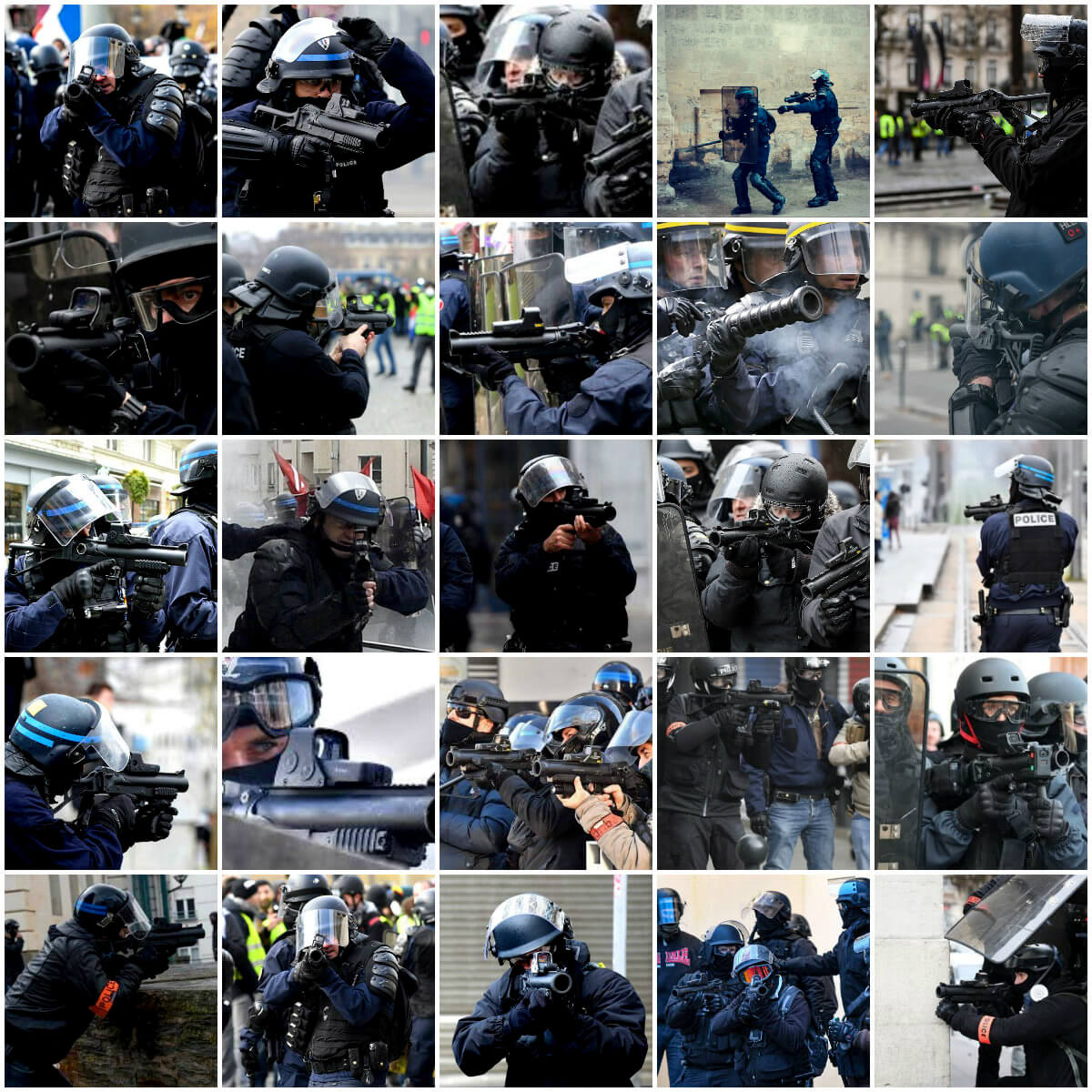
In France, yellow vest protesters were routinely met with police brutality, including the use of weapons prohibited for crowd-control operations, resulting in 10s of protesters losing an eye, others losing a hand, and many deaths.
In her February 2019 article on the Gilet Jaunes (Yellow Vests) protests, Vanessa Beeley wrote of:
“…19 GJs who have lost an eye to the “sub-lethal” LBD40 bullet launcher that is being liberally used by security forces during GJ protests across France. The LBD40 is the evolution of the notorious “flashball bullet,” 10 times the velocity of a paintball. The modern LBD40 launcher is a very accurate instrument with a “red-dot” laser pointer sight that ensures pinpoint targeting of civilians.”
…While it is classified as a “sub-lethal” weapon, when used in violation of police regulations, at close range and in unstable crowd environments, it is lethal and capable of terrible damage to a human body — particularly the face, which appears to be a favorite target of the national police in France.
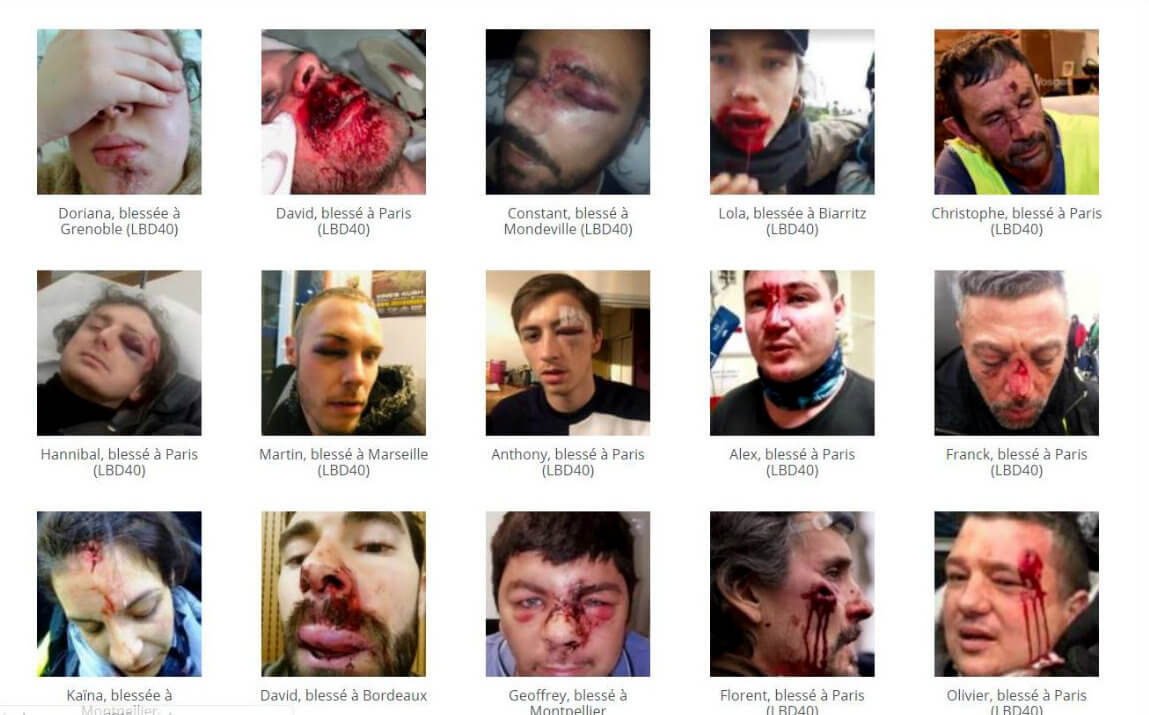
…Previous investigations have revealed that the GLIF4 grenade, or “grenade de desencerclement,” has also been condemned by an internal French police laboratory inquiry and recommendations have been submitted to the Interior Ministry for the banning of their use in crowd-control operations. The GLIF4 contains 25g of TNT, emits 165 decibels, and may contain CS or tear gas in powder form or 10g rubber pellets released upon detonation. These grenades have been responsible for the amputation of hands, hematomas, and the formation of necrotic tissue among the GJ demonstrators.
…Despite all the evidence of the traumatic effects of these weapons upon civilians, the French Council of State ruled that the LBD40 was a necessary instrument of “self-defence” for the forces of “law and order…”
*
There was the recent clear targeting of a woman with a high-velocity water cannon in the Netherlands, leaving her with a fractured skull and needing 15 stitches.
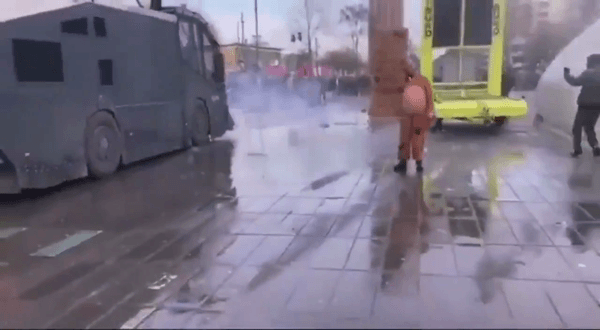
There were the reports of sustained police violence against protesters at Standing Rock in late 2016, including these accounts:
“All of a sudden there were these bright, blinding spotlights, so you could see each other, but you couldn’t see [the police]. Every once in awhile you could hear someone scream who had been hit by a rubber bullet.”
“I was tear gassed over 15 times, which made it hard to breathe and left my face burning for hours,” recalls Cheyenne, a young native woman from Michigan. “I got hosed down with a water cannon in freezing temperatures leaving me hypothermic, and I was slammed into a barbed wire barricade out of panic caused by the police after a flash grenade was thrown and caught fire to a field.”
Another young native man from the Ojibwe nation said “He shot me with a rubber bullet right in the belly button, and when I showed him that he had hurt me, he just smiled and shot both my kneecaps”.
*
And, on the same day as the many protests across Russia, in the heart of the USA, a Tacoma police man drove his SUV into protesters and over at least one man, because he allegedly “feared for his safety”.
But again, what I’ve seen at three different protests in Moscow (two of which were deemed illegal) is considerable police restraint, & crowd control tactics NOT involving: water canons, tear gas, pepper spray, stun grenades, or any of the violent methods employed by Western nations, much less the shoot to maim or to kill tactics of Israel.
Peaceful Protesters?
Although from what I could see the protesters in Moscow were largely peaceful, there were also incidents in the protests where individuals and mobs were violent against other protesters and against police.
Across the square from where I stood, an anti-Navalny protester scaled a lamppost, apparently with a placard against Navalny. He was punched and, to the cheers of protesters, pulled down from the lamppost, then beaten and kicked by at least two among the protesters.
In St. Petersburg, a man punched a police officer, knocking him to the ground.
Protesters attacked police in Vladivostok.
And in Moscow, protesters snowballed then mobbed a security services car, breaking into it and gouging the driver’s eye out.
And this:
“Peaceful protesting women. January 23, 2021 Moscow, intersection of Strastnoy Boulevard and st. Bolshaya Dmitrovka.”

Of the violence in January 23 protests, 39 law enforcement officers were reportedly injured.
Media Tactics 2019 and 2021: A Protest or a “Walk”?
In the few protests I’ve observed here, aside from the nature of the protesters, protests and police, I’ve noticed some repeatedly deployed media tactics. I mean, aside from the predictable glaring hype, hysteria, and framing of police before protests even began.
The 2019 protests had been occurring over the issue of the Moscow Duma election, an issue so gripping that vast numbers of youths came out to stand in the square together quietly, save the periodic and short-lived chants which quickly dissipated.
While reading about the protest later on Twitter, I came across this thread.
It certainly helps explain the apparent apathy I felt among protesters there.
On August 10, having arrived by metro and foot to Sakharov Prospect, long before the (sanctioned) protest was due to begin, I saw the Canadian Broadcasting Corporation (CBC)’s resident correspondent Chris Brown and producer Corinne Seminoff among the sea of journalists and fluorescent vested quasi-journalists.
In the second of two protests that day, the latter being deemed as illegal as it was after the protest hours and off the protest route, Brown tweeted footage of Russian police marching toward the square, with the sole word, “intense”.
Which makes me think he either doesn’t get out much or, more likely, he is a fraud.
The CBC decided to run with the explanation that this protest was merely a large group of people taking a walk, and not a protest.
But that isn’t what I saw. I followed people continuing from the sanctioned protest on eventually to Kitai Gorad, chanting and still holding placards, where then riot police arrived and began arresting people.
The funniest thing about Corinne’s tripe was when I later found an interview with her colleague, Chris Brown, who I had noticed standing beside her in the Kitai Gorad square, in which he specifically described the scene as including people holding placards.
Back to the January 23, 2021, protest and that BBC tweet I mentioned at the beginning, claiming metro exits were sealed. That stellar correspondent of 30+ years experience also employed the “walk” lexicon. Clearly a marketing directive from the folks behind team Navalny to paint scenes of Russia police rampaging around arresting pedestrians.
Team Navalny’s propaganda is that shoddy. Actually, it’s worse.
Navalny: Russia’s Guaido
Without even delving deeply into Navalny’s history of extremist views, it is clear he fulfills the same role as the unpopular “opposition” figure (and non-President of Venezuela), Juan Guaido.
Both are propped up by the West as supposedly popular opposition figures; neither are. Both are used by the West to demonize the governments they in no way represent. And both almost certainly receive financial and other favours for their work on behalf of Washington.
When in early 2019, Western media and talking heads’ focus was on Venezuela, alleging chaos in the streets (after US sabotage of Venezuela’s power grid), I went to Venezuela to see for myself.
I walked the streets of Caracas, and with local Venezuelans went to different areas of Caracas, including some of the poorest barrios where—if there’s going to be chaos and food shortages, you’d expect it to be there.
I saw Venezuelans working together to help one another during the power outages, waiting patiently to collect spring water, and even in the hills of the largest slum, Petare, which I visited with a local and a friend on his motorbike, I saw signs for fresh cheese, meat, and produce.
During my few weeks there, I also saw massive protests (video) in support of the government, filled with people who were very politically-aware, and didn’t support Guaido. I spoke with average citizens, including in the poorest areas. They could articulate very clearly what they are fighting and why they support Maduro.
I did try to observe opposition marches, but they never materialized. I even hopped on a motorcycle taxi and spent a few hours going to areas where opposition protests were due to happen and instead found pro-government protests in one district, and a few handfuls of opposition supporters in two others.
I left Venezuela knowing that mass media and Western politicians’ renditions of reality was utterly distorted in favour of backing a puppet to implement America’s destablization plans.
Which is precisely what they’re doing with Navalny.
Navalny’s Piss-Poor Propaganda
The shocking aspect of all of this blatant propaganda (and cheerleading of criminals propped up as valiant opposition figures) is not that it occurs, but how poor team Navalny’s (and Guaido’s) propaganda is.
It has ranged (looking only at the past six months) from lying about being poisoned by Russia (via Novichok in his undies, no less!), to fanfare around his arrest (which he returned to Russia precisely for), to team Navalny’s “peaceful” and “police brutalized” “freedom walks”…to their seminal work, “Putin’s Palace”, their alleged expose of Putin’s grandiose lifestyle.
The latter was such a poorly-constructed propaganda piece it was quickly deconstructed by people spotting the photoshopping, and more recently by people going to the site in question and learning that it is the unfinished construction of a hotel, not a finished and fine palace.
As they have dutifully promoted the Russian “police brutality” narratives, so did journalists and “human rights” pundits gleefully promote the sham exposé, without questioning how Navalny, supposedly ill from poisoning, had the strength and ability to create this lie.
In Conclusion
Given how much air time team Navalny and their lies get in the media, it seems fitting to end with an English-subtitled clip from a video debunking the palace narrative, with thanks to Valentina Lisitsa for subtitling.

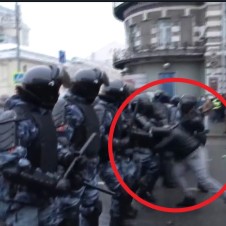
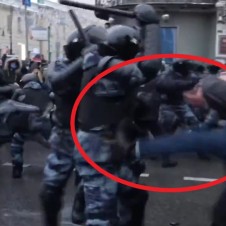
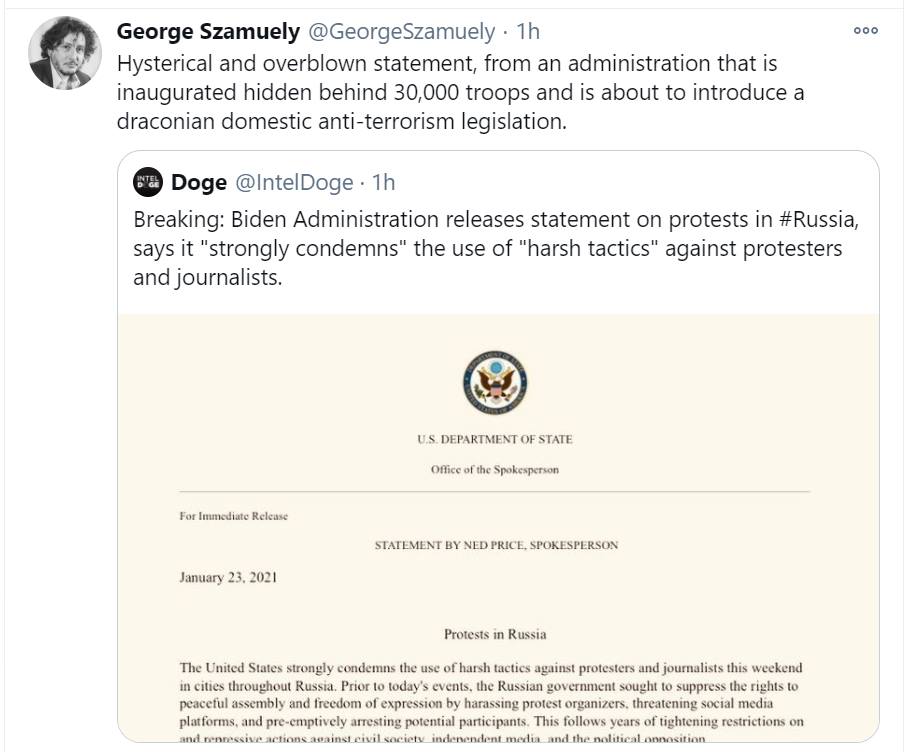
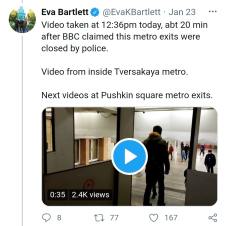


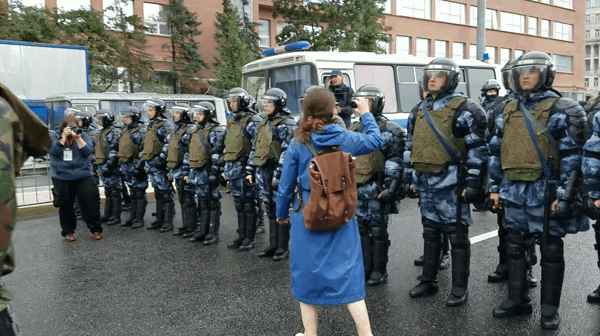

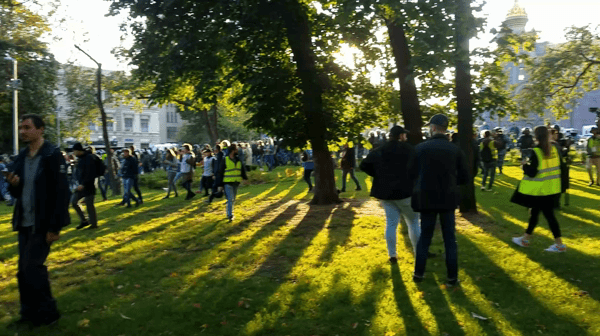
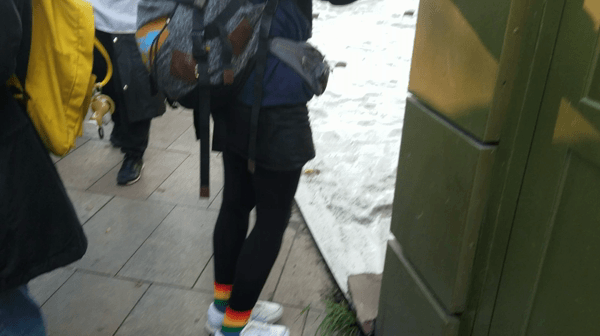
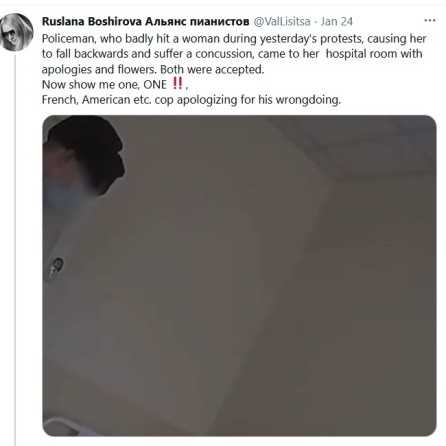



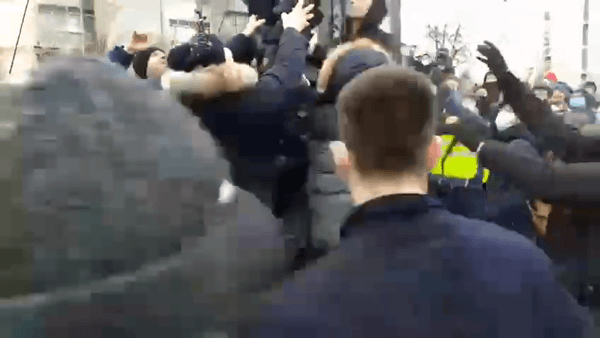



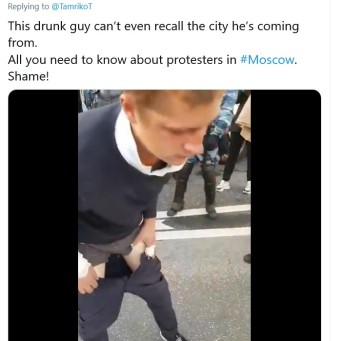
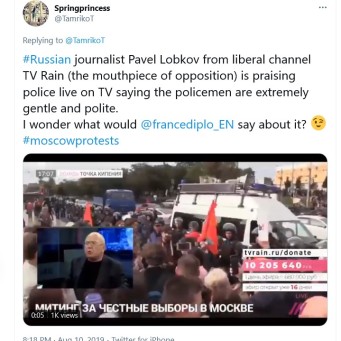
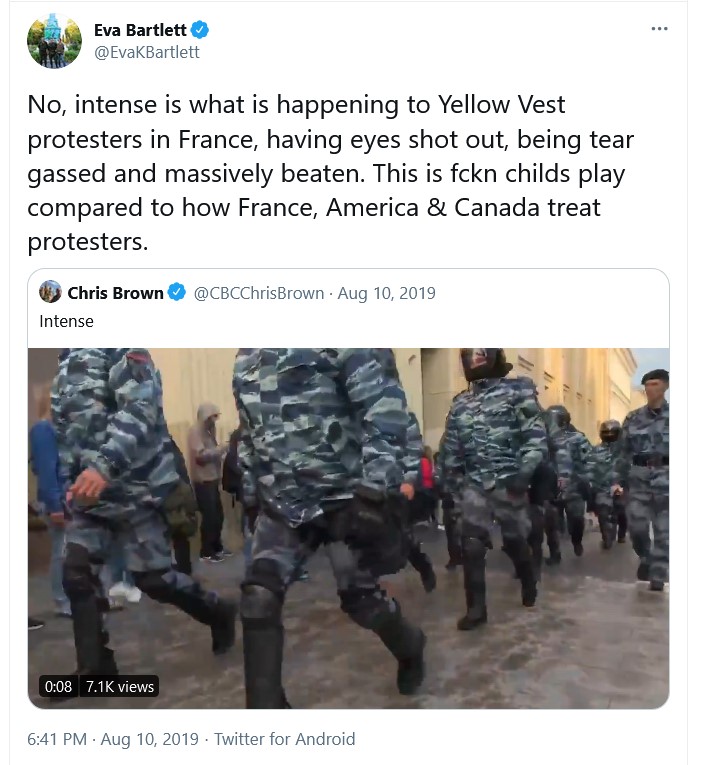
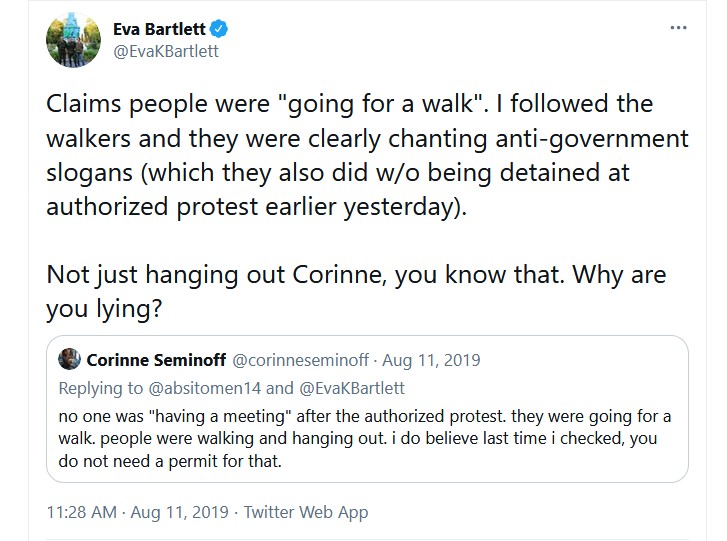
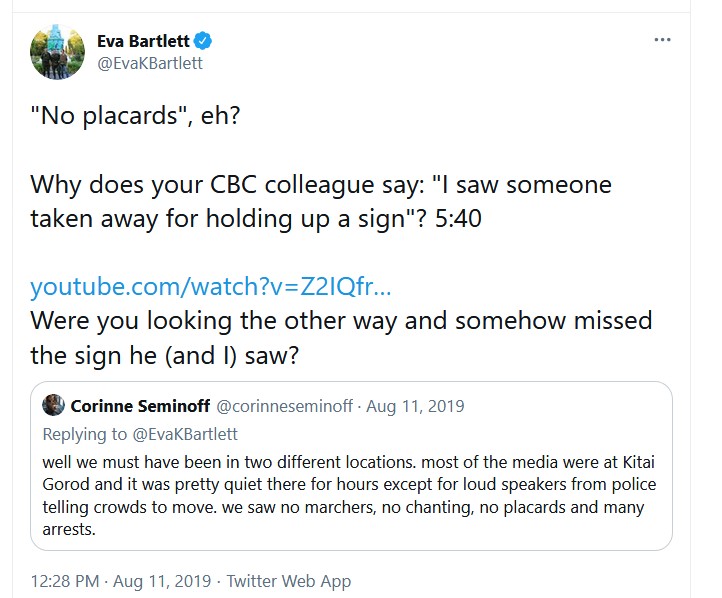



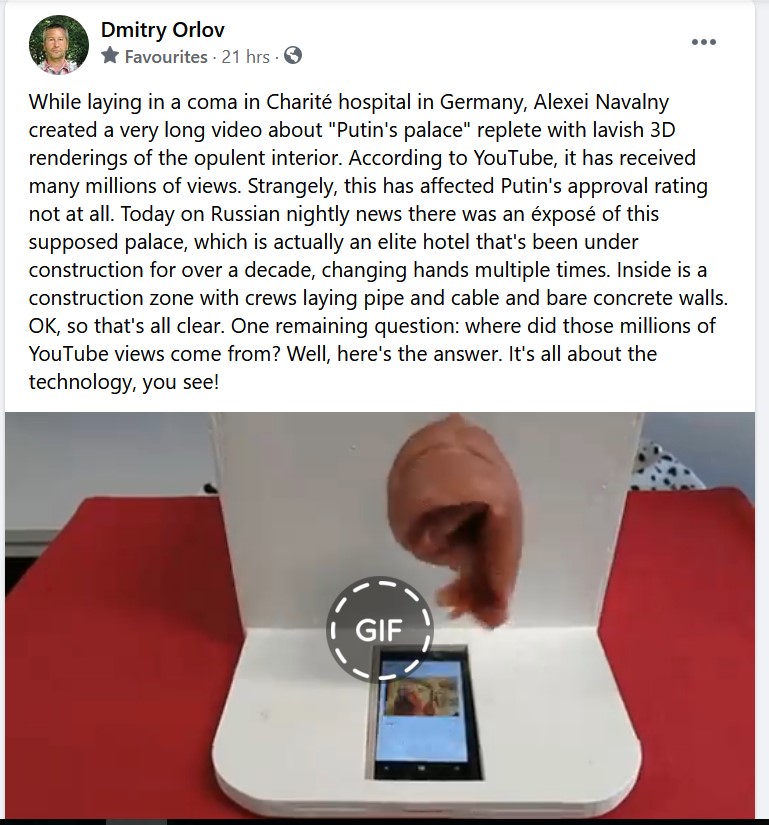
No comments:
Post a Comment